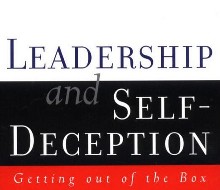* Transcription
Thank God it’s Monday!™ The legendary management consultant, Peter Drucker, was known for his “five questions” that he used to start every conversation with a new client. The first one was “what is your mission?”
If your answer is to make money, you’ll probably find it in short supply. Why? Because money comes to those who create great value, but without a passion to create that value, money is elusive.
What is your mission statement? How do you use your uniqueness to fix the wrongs of the world as you see them? A mission statement formula simply lists how you use one or two of your unique qualities to create a utopic world as you define it. An example is “I use my visionary thinking and inspiration to challenge people to live their potential.” Or, “I use my organization skills to people get better results at work.”
Know that when you focus on your personal mission, BOTH success and significance come readily.
Live large. Somebody has to do it. That somebody who GETS to do it is YOU!
Have a great Monday!
Roxanne
Roxanne Emmerich’s Thank God It’s Monday! How to Create a Workplace You and Your Customers Love climbed to #1 on Amazon’s bestseller list and made the New York Times and Wall Street Journal bestseller lists—all in the first week of its release. Roxanne is renowned for her ability to transform “ho-hum” workplaces into dynamic, results-oriented, “bring-it-on” cultures. If you are not currently receiving the Thank God It’s Monday e-zine and weekly audios, subscribe today at www.ThankGoditsMonday.com.
Love this audio message? You may also download the MP3 version and PDF transcript below:
Download Instructions: Right-click the download button(s) and
choose ‘save link as…’ to save the file to your computer.





